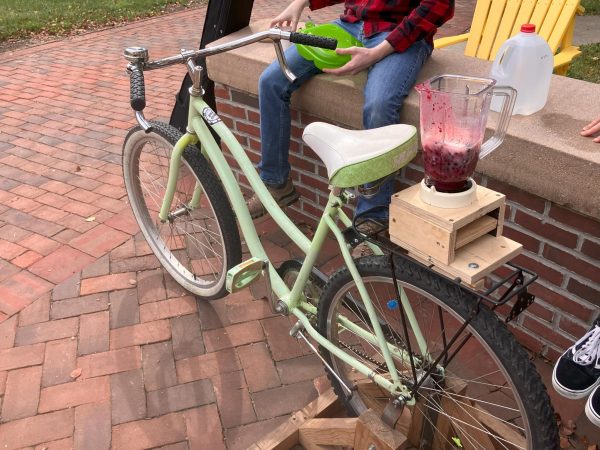Vehicle-sharing comes to campus
Two vehicles from Zipcar, a vehicle-sharing program that allows students to rent cars for an hourly rate, arrived at Allegheny College on Tuesday, Sept. 6, according to Dean of Students Kimberly Ferguson.
Ferguson said she had the idea to bring Zipcar to campus after seeing how students enjoyed them at Spelman College and The Ohio State University, where she previously worked.
“Students didn’t feel so restricted, like they couldn’t do anything,” Ferguson said.
Gretchen Beck, associate dean and director of the Office of Student Leadership and Involvement, said the program is designed to give students more freedom.
“It’s an excellent opportunity for students to be able to be a little bit more mobile … and live their lives in a more manageable way,” Beck said.
Ferguson said Zipcar offers students an option in addition to the Crawford Area Transportation Authority.
“This just gives them another way to get to other areas,” Ferguson said.
According to Beck, Allegheny students are able to ride all CATA routes for free. The CATA website says The Loop and Red Route A, have stops on campus.
Ferguson said the college also offers shuttle services during breaks. Allegheny provides subsidized shuttles to the Pittsburgh International Airport and the Megabus stop in Pittsburgh.
The college is looking into adding another shuttle to Cleveland that will be available at the end of the fall semester and the beginning and end of the spring semester. This service was abolished in the spring of 2012, according to Beck.
Beck said the main reason the shuttle stopped operation was its cost and the lack of student use.
“If those needs have changed over the last few years, then we need to address that,” Beck said.
Hannah Firestone, ’19, said the shuttle would provide better transportation choices.
“It just gives students more options,” Firestone said.
Joe Bruch, ’17, said he is interested in a shuttle service to Cleveland, but understands the economic and logistical problems surrounding it.
“It depends on how many people would utilize it,” Bruch said. “It might be like a van for 15 people … or it might be a shuttle bus.”
Each mode of transportation was expanded or implemented to give students more options, according to Ferguson.
“Bottom line is, we wanted to give students a little bit more freedom to be able to go where they want to go,” Ferguson said.





